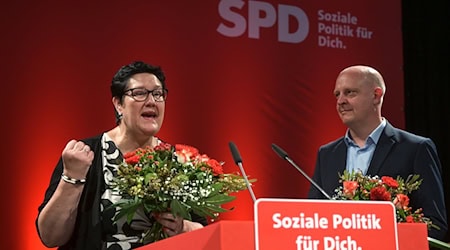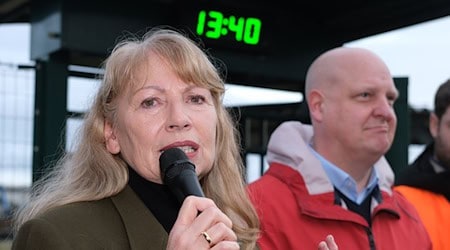The state parliamentary election in Saxony begins with the opening of the polling stations at 08:00. Around 3.3 million eligible voters are called upon to elect the parliament for the next five years. People over the age of 18 on election day and who have had their main residence in Saxony for at least three months can cast their vote until the evening.
The outcome is more open than ever before. Just like five years ago, the CDU and AfD are running neck-and-neck in election polls. In the state election five years ago, the CDU was in first place with 32.1 percent of the second votes, ahead of the AfD (27.5 percent). However, the AfD has now beaten the CDU/CSU three times in Saxony in two federal elections and one European election.
Meanwhile, the SPD, Greens and Left Party must fear for their return to parliament. However, they can make it into the state parliament if they win two direct mandates. Then the state list will also come into play again. And with the Sahra Wagenknecht Alliance (BSW), a new party has appeared on the political stage. In the election polls, the BSW is clearly the third-strongest party with ratings of up to 15 percent. The Free Voters (Freie Wähler) have achieved four percent and are also still hoping to enter the state parliament. For the FDP, on the other hand, it does not seem to be enough again.
Which coalitions are conceivable?
In view of the poll results, political scientist Hendrik Träger from Leipzig University believes that many variants are possible - from a three-party parliament consisting of the CDU, AfD and BSW to a parliament with seven parties, in which the SPD, Left Party, Greens and Free Voters would also be represented. "That would make forming a government considerably more difficult." He only sees the first three parties mentioned as "set".
There are 19 parties competing. Voters can cast two crosses. The first vote is used to elect a direct candidate in the respective constituency, the second vote or state vote is used to elect a party. A total of 120 seats are up for grabs in the state parliament, of which 60 are direct seats and 60 are list seats. The number could increase due to overhang and compensatory seats.
When the polling stations close at 6 p.m., there will be forecasts, followed by the projections later in the evening.
Copyright 2024, dpa (www.dpa.de). All rights reserved










